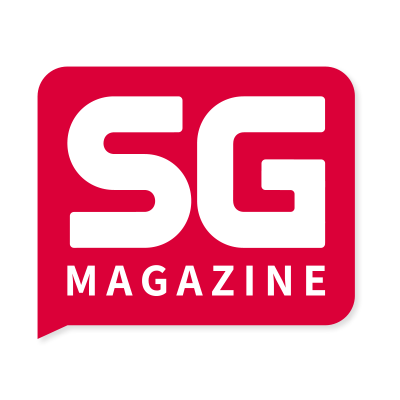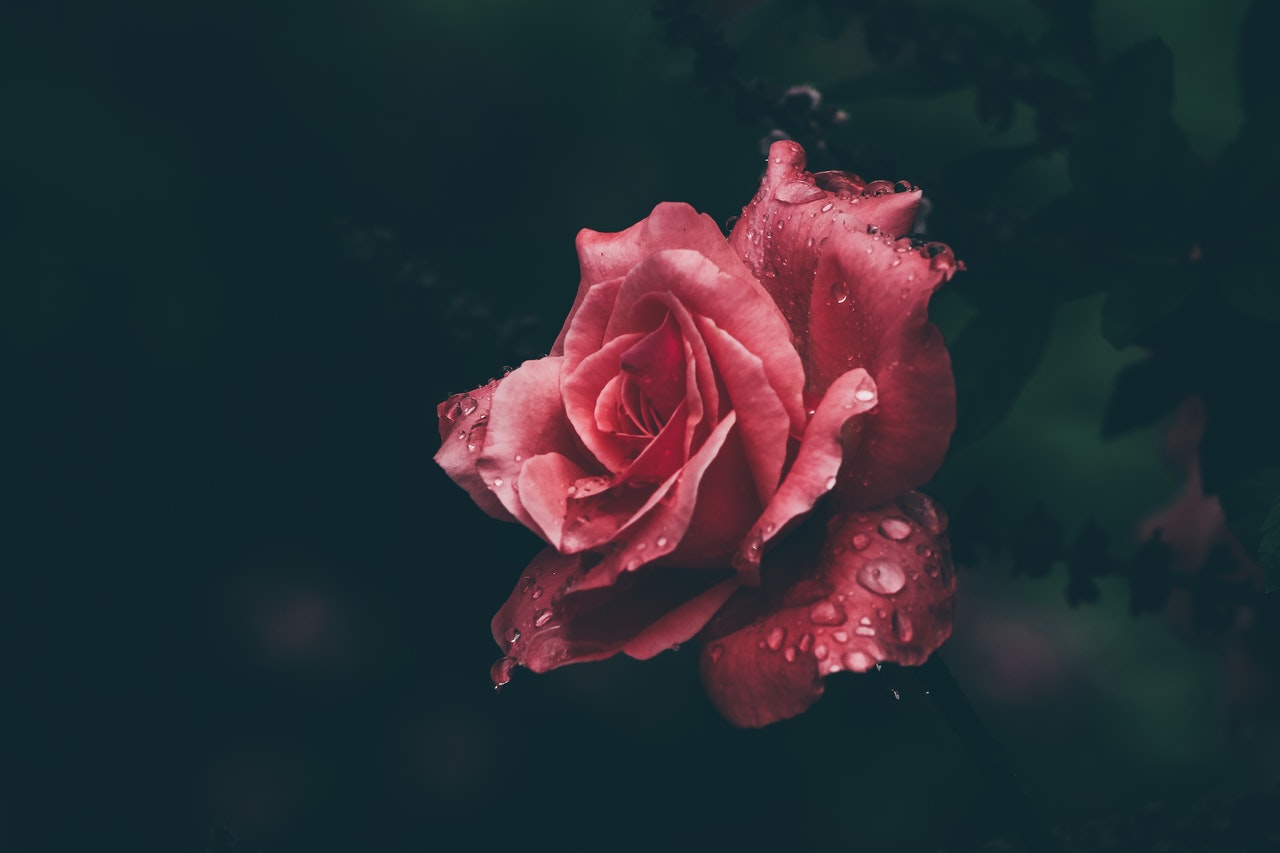What is sound art and why does it matter?
Bani Haykal and Joleen Loh: We’re glad you asked. What is important for us in this project is the recognition that the term “sound art” can be problematic for artists and constricting, and the dynamic range of sonic practices or usage of sound as a medium of expression in this exhibition will suggest that the debate of “sound art” versus “music” is less crucial than active listening. In our role as curators for this show, we sought to be attentive to sound’s specificities. It is durational and requires time from its audiences, for instance. It is also a medium that refuses simplistic signifiers and easy interpretation, and we’ve found it crucial to leave the interpretation of experience and meaning to audiences. More than anything else, it should be thought of as an open-ended concept. Sound contributes to our day-to-day life and shapes our perception and we often do not contemplate it enough.
What can we expect at the exhibition?
Bani Haykal and Joleen Loh: There are 5 components to this exhibition: listening stations, sound installations, sound scores, sound performances, and an archive of sonic practices in Singapore developed by Mark Wong. Across these components, we want to share with audiences the joys and complexities of listening by artists who are completely in love with it, artists who are obsessed with experiencing it from different perspectives, and artists who have concerned themselves with what it means to listen, think about, and express with sound.
Bani, do you think your background as a musician matters when it comes to art?
Bani Haykal: As a musician, I would experience a visual work from a different perspective and, likewise, a sculptor will likely experience a sonic work from another perspective altogether. It is how an individual calls their sonic experience that matters, be it noise, musical, functional, emotional etc. Sound, in some ways, has been an unsung hero; from the traffic light sounds to sound design in film and music production, sound is a physical force first, which usually only gets remembered or acknowledged from an aural perspective.
How did you decide who to feature, and what was the process like?
Bani Haykal: We initially had a pretty long list, which surprised us. But even then, the selection began with folks whose practices we have interest in and who have been pushing the parameters of thinking sonically. It was quite a bit of going back and forth between Joleen and I, as well as with some of the artists we were hoping to involve in the project. It is through this process that we shaped our direction towards this “monster” that is sound art, and therefore stayed away from calling this an exhibition about just that. The conversations we had with the artists provided us with insight to not just their work, but also the attitudes inherent in their respective practices. These conversations shaped the exhibition significantly.
What do you think the perception of sound in the arts is like in Singapore?
Joleen Loh: In terms of art history and criticism in Singapore, sound and visual arts have often been regarded quite separately although this is not unique to Singapore. This happens for many reasons: The developments and key events related to sound often take place in unconventional or alternative venues and are easily overlooked or have little documentation to speak of, and art museums have been more visual arts-oriented and don’t have the infrastructure to accommodate sound works. These are just two of many reasons. Elsewhere, it’s somewhat more accepted and prevalent; take MOMA’s recent major exhibition Soundings and ZKM’s Sound Art. Sound as Medium of Art, for instance.
Bani Haykal: Despite all Joleen said, I’m not sure if it’s something we should concern ourselves with. I’m more interested in sharing new experiences and allowing individuals to formulate their own thoughts and truths after their encounter. That’s far more interesting.
SOUND: Latitudes and Attitudes is on from Feb 7-Mar 16 at Earl Lu Gallery, LASALLE College of the Arts.





